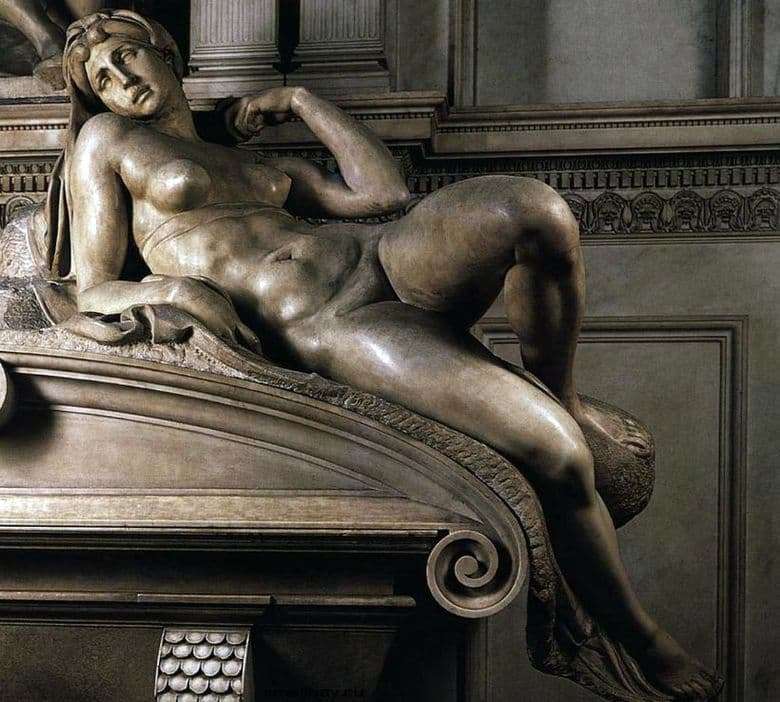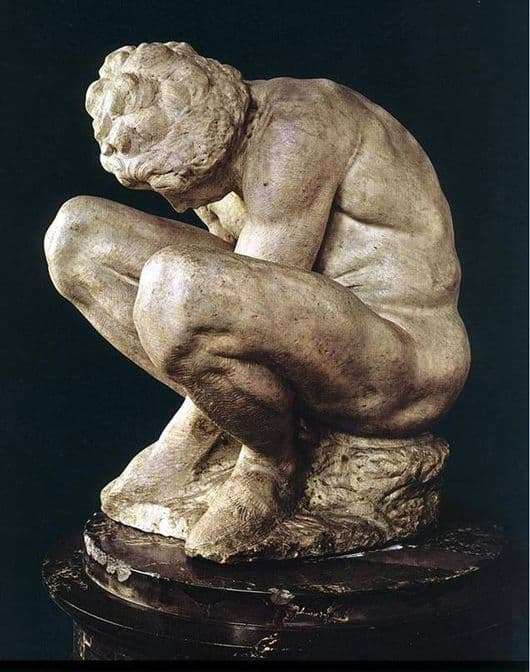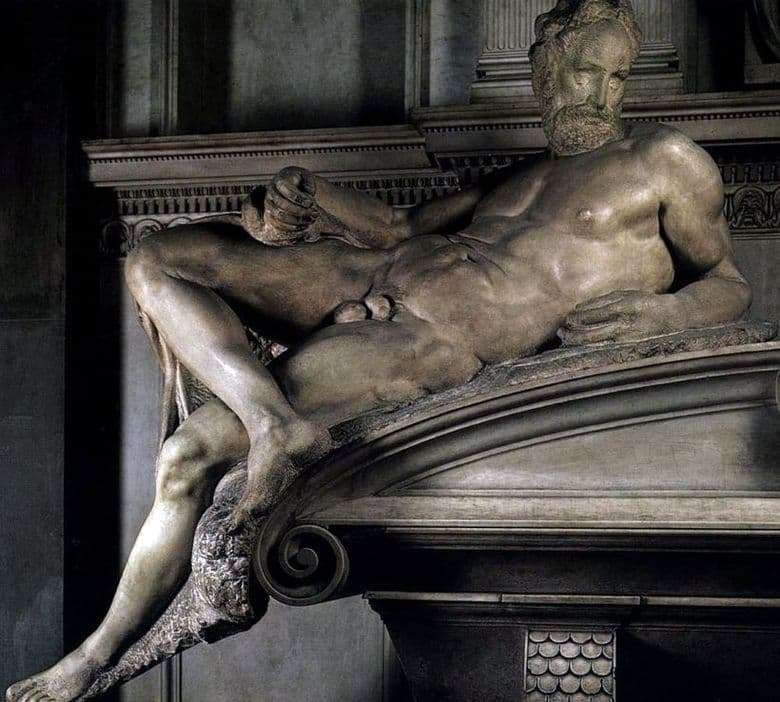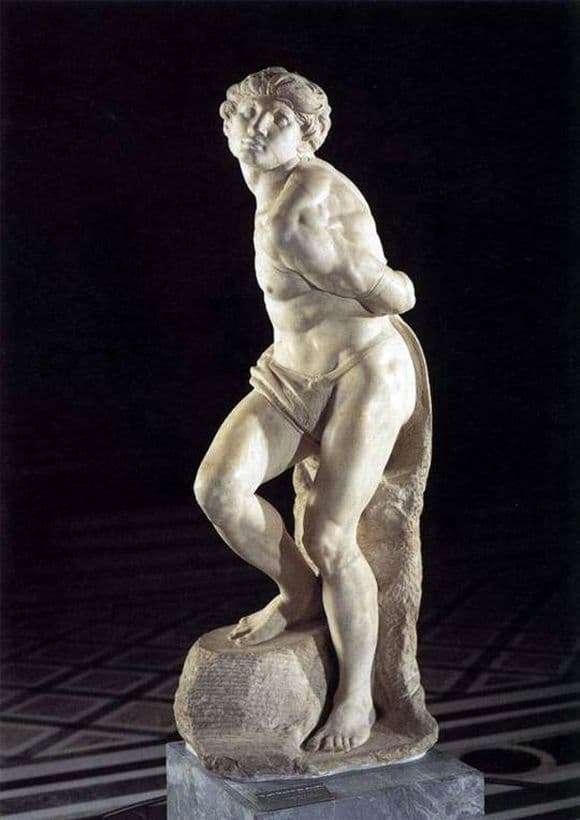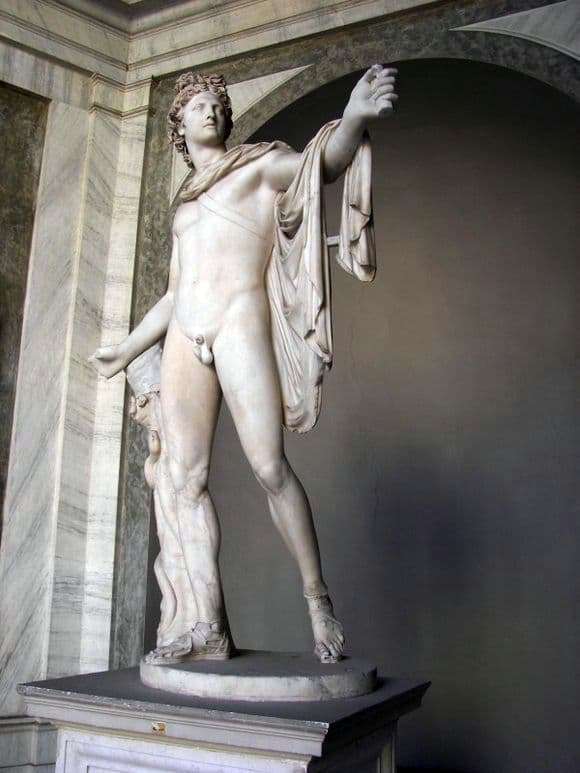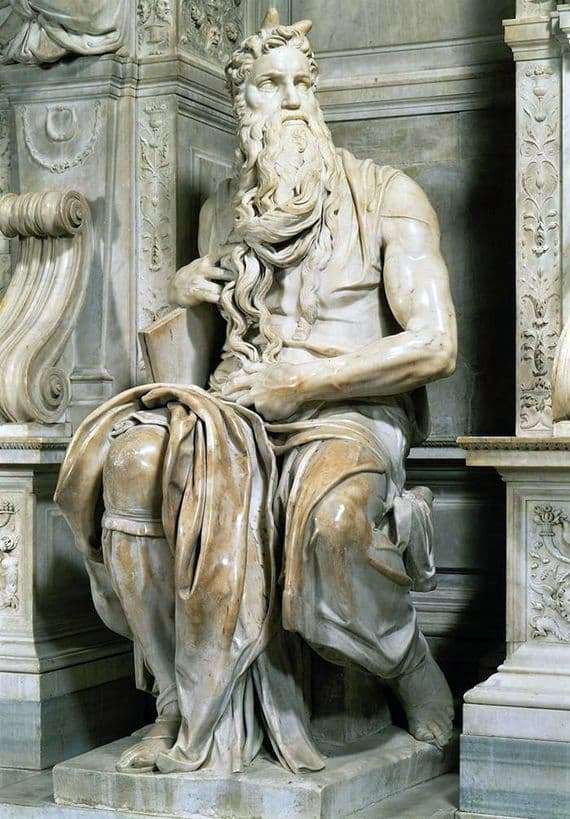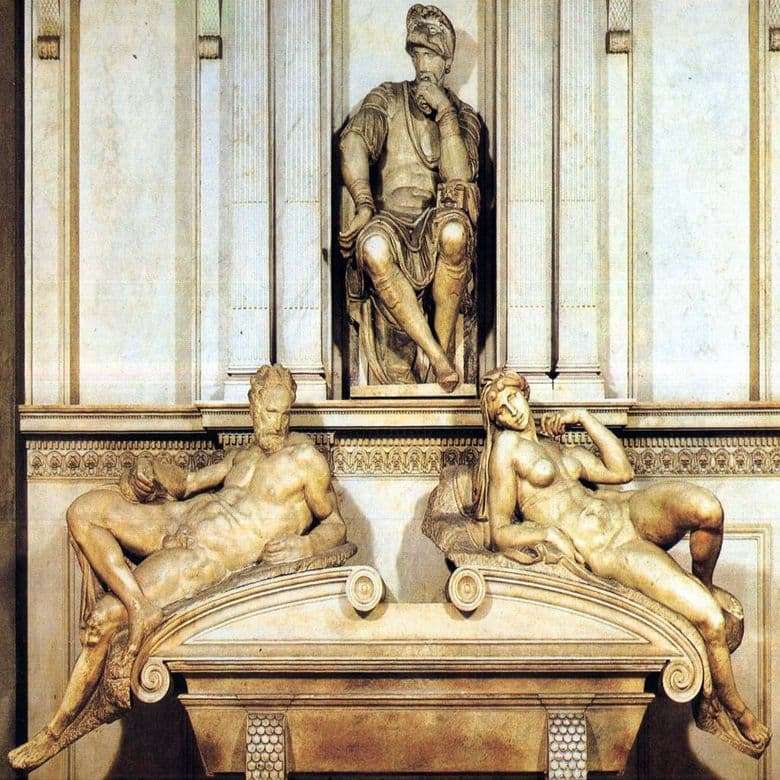
Michelangelo Buonarroti is that rare type of creator, whose works have received the greatest glory during the life of the author. The son of an impoverished nobleman, he was proud of his lineage. The works of Buonarroti left a deep imprint on the whole culture of the Renaissance, and also on world art as a whole. Being engaged in both painting and architecture, creating poetic and philosophical works, in the first place Michelangelo was still a genius sculptor. He lived a long life – almost ninety years, and survived thirteen Dad. For most of them he carried out various orders.
The creation of the Medici Tomb was originally the idea of Pope Leo the Tenth (whose real name is Giovanni Medici). It was supposed to be a memorial for the brother of Leo the Tenth, Giuliano Medici, and his nephew Lorenzo. Both of them died in their youth and were famous for that the first of the Medici got ducal titles. But in the end the next Pope, Clement the Seventh, also a member of the Medici family, became the customer of the burial. At the time of the creation of sculptures for the tomb in Florence, a revolution broke out. Creating images that adorn the tomb, the creator thought more about the death and destruction of his native city than about the death that befell the young dukes. The sculpture of Lorenzo has no direct similarity with his preserved portraits; to create this work, Michelangelo used such an artistic method as idealization.
The young man is full of grandeur and nobility, and his thoughtful, relaxed posture emphasizes the beauty of the figure. The left hand props up the chin, and elbows it on the coin box with the coins; right – mannered rests on the thigh. Lorenzo’s head is decorated with a helmet like that worn by noble ancient Roman commanders. However, the zoological origin of the helmet’s ornaments and the shadow cast on the face by this headdress are quite peculiar. According to some researchers, the morphology of the helmet indicates that the Duke de Medici died while not in his right mind.
Other scholars claim that the statues of Lorenzo and Giuliano, located in the sacristy, were confused, and the true statue of Lorenzo is the more elaborate statue of Giuliano, located directly opposite. These works were established after the departure of Michelangelo from the city, and therefore such a turn of events is very likely. Externally, the face of the second statue more closely resembles the lifetime portraits of Lorenzo Medici. Under the statue of the Duke are two allegorical figures, symbolizing Morning and Evening. This is a man and a woman of perfect proportions, the components together with the statue of Lorenzo are an equilateral triangle, but the Morning and Evening are pushed forward relative to Lorenzo. All three sculptures have a naturalistic size corresponding to the size of the human body.
The figures are depicted in natural, but very tense postures, as if holding their bodies with difficulty on the lid of the tomb; there is deep sorrow on their faces. Morning, a beautiful woman, with apparent reluctance, awakens from sleep – the present scares her. The evening, a middle-aged muscular man, with a tired look ready to go to bed. All the sculptures in the Medici Tomb are depicted without pupils. but very tense postures, as if with difficulty holding their bodies on the lid of the tomb; there is deep sorrow on their faces. Morning, a beautiful woman, with apparent reluctance, awakens from sleep – the present scares her.
The evening, a middle-aged muscular man, with a tired look ready to go to bed. All the sculptures in the Medici Tomb are depicted without pupils. but very tense postures, as if with difficulty holding their bodies on the lid of the tomb; there is deep sorrow on their faces. Morning, a beautiful woman, with apparent reluctance, awakens from sleep – the present scares her. The evening, a middle-aged muscular man, with a tired look ready to go to bed. All the sculptures in the Medici Tomb are depicted without pupils.
Description of the sculpture by Michelangelo’s “Tomb of Lorenzo Medici”
